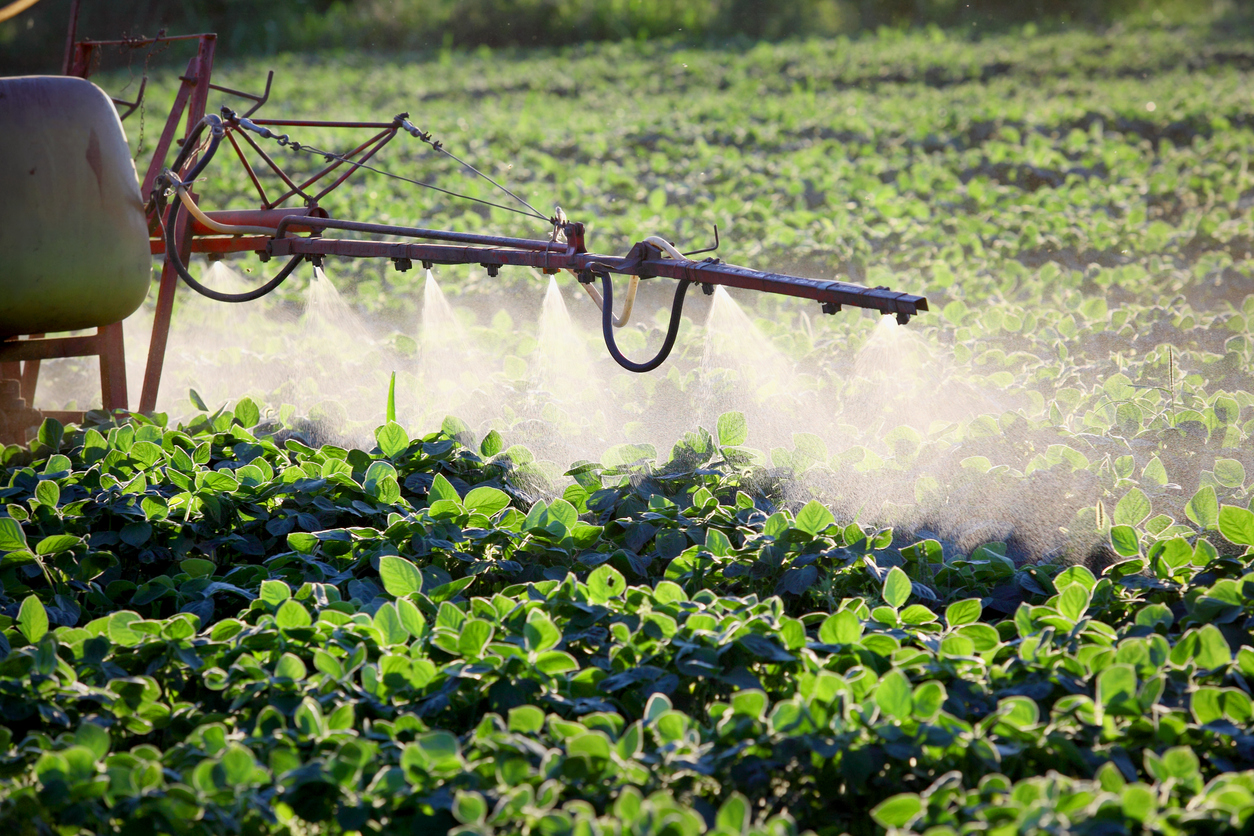Commonly used agricultural chemicals may help harmful bacteria evade antibiotic drugs, according to a new study.
In the study, published this week in mBio, New Zealand researchers exposed two strains of disease causing bacteria, Escherichia coli and Salmonella enterica, to varying levels of commercial formulations of three herbicides-dicamba (Kamba), 2,4-dichlorophenoxyacetic acid (2,4-D), and glyphosate (Roundup).
The researchers then tested these bacteria for antibiotic resistance and and found that in some cases the bacteria had become less sensitive to antibiotic drugs.
The Science Media Centre collected the following expert commentary.
Associate Professor Mark Thomas, Molecular Medicine & Pathology, University of Auckland, comments:
“The study, by scientists based in Canterbury, Lincoln and Massey Universities in New Zealand, plus a research institute in Mexico, has carefully evaluated whether three herbicides (Roundup, 2,4-D and dicamba) commonly used in New Zealand and elsewhere, alter the effectiveness of five commonly used antibiotic medicines, against two bacteria (E. coli and Salmonella) that are common causes of disease in humans and animals.
“The study shows that exposure to the herbicides rapidly alters the effectiveness of the antibiotics, sometimes to make the antibiotics more able to kill the bacteria, and sometimes to make the antibiotics less able to kill the bacteria. These effects occur when the herbicides are present in concentrations that are comparable to those that are present in the environment. The findings raise concern about the potential for herbicide use to worsen the spread of antibiotic resistance in the environment, and hasten the decline in the effectiveness of these precious medicines.”
Dr. Heather Hendrickson, Senior Lecturer in Molecular Bioscience, Massey University, comments:
“Historically, we have evaluated the safety of adding chemicals such as herbicides or antibiotics to our environment by carefully studying the effects of these chemicals in isolation and on large charismatic organisms and plants. Herbicides must be safe at reasonable doses for animals and have negative effects on unwanted plants. Today, we have a growing appreciation that life, and even our own health, is more complicated than we previously understood. In an era where we are concerned by the rise of antibiotic resistant bacteria and antibiotic use in agriculture is forecasted to rise, looking at the combined effects of herbicides and antibiotics on the microbial world is both timely and necessary.
“A New Zealand study by Heinemann et al. has evaluated the effect of combinations of antibiotics and herbicides on bacterial survival. They chose relatively low levels of the commercial formulations of three herbicides, glyphosate (roundup), Kamba and 2,4-D. The bacterial strains that they have chosen are safe relatives of two bacterial pathogens; Escherichia coli, pathogenic versions of which cause blood borne infections and urinary tract infections and Salmonella typhimurium, a leading cause of food poisoning. Heinemann et al. looked at how these bacteria survived exposure to varying levels of antibiotics in the presence and the absence of these three herbicides.
“What they found was surprising. In some instances the herbicides made the bacteria more sensitive to the antibiotics, this seems like a bonus on first inspection. However, in other instances the herbicides appeared to make the bacteria more resistant, almost like the presence of the herbicides provided an extra layer of armor to the bacteria.
“The direction of the effect depended on the specific antibiotics, herbicides and bacteria. Because the study was done “blind”, meaning: done without the researcher knowing which chemicals were which and even done at an independent institution we can be confident that these results are not just wishful thinking on the part of the researchers and are as unbiased as possible.
“What did we learn? This paper suggests that by adding commercial formulations of herbicides to the soil we will sometimes increase the resistance to antibiotics in soil bacteria. The paper suggests that in this case this may be a transient resistance due to increasing the number of proteins that “bale out” antibiotics in the cell. Whether increased resistance is transient or permanent, this is cause for concern.
“This paper follows an emerging suite of papers suggesting that even seemingly benign modifications of the soil environment, like the addition of organic fertilizers, have surprising consequences for the frequencies of antibiotic resistance in microbial communities. This is because changing the chemistry of the soil affects the selection pressure experienced by untold billions of microbes.
“The bacteria will evolve in response to these environmental changes, particularly if they are continuous. This paper suggests that the result of this inadvertent selection may, in some cases, be bacteria with increased resistance to the antibiotics we need for human medicine.”
